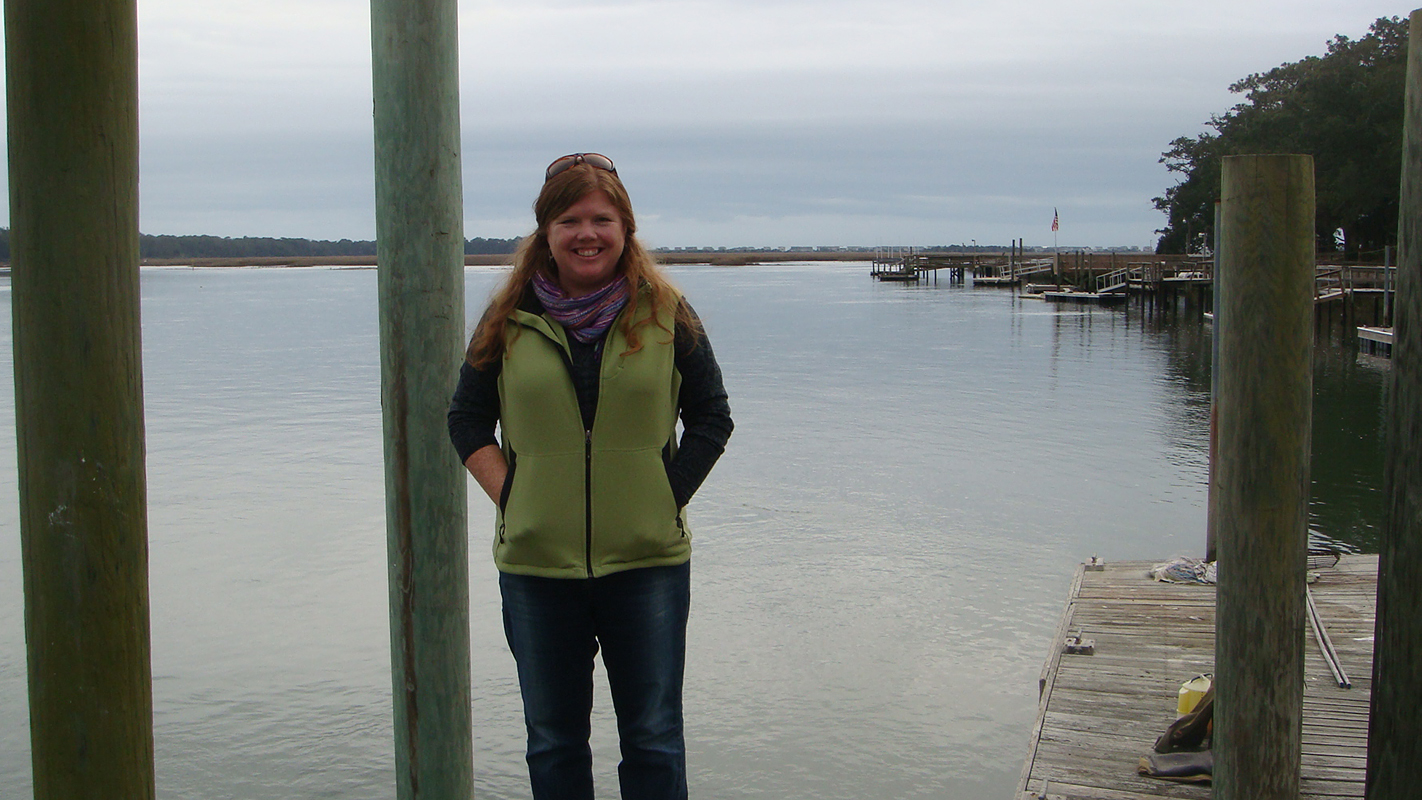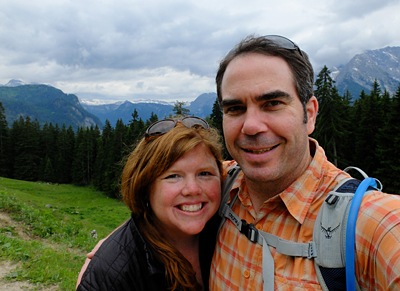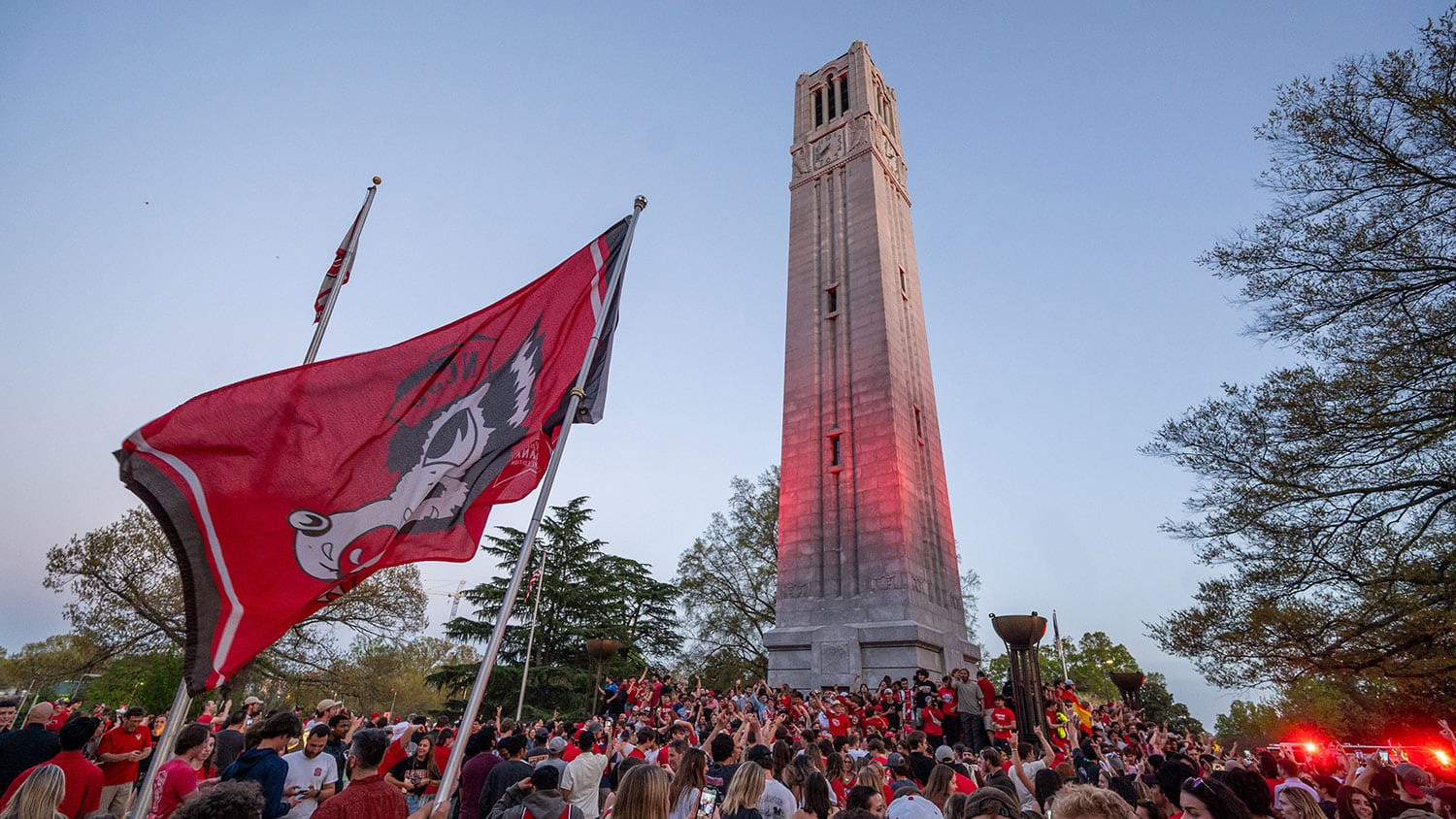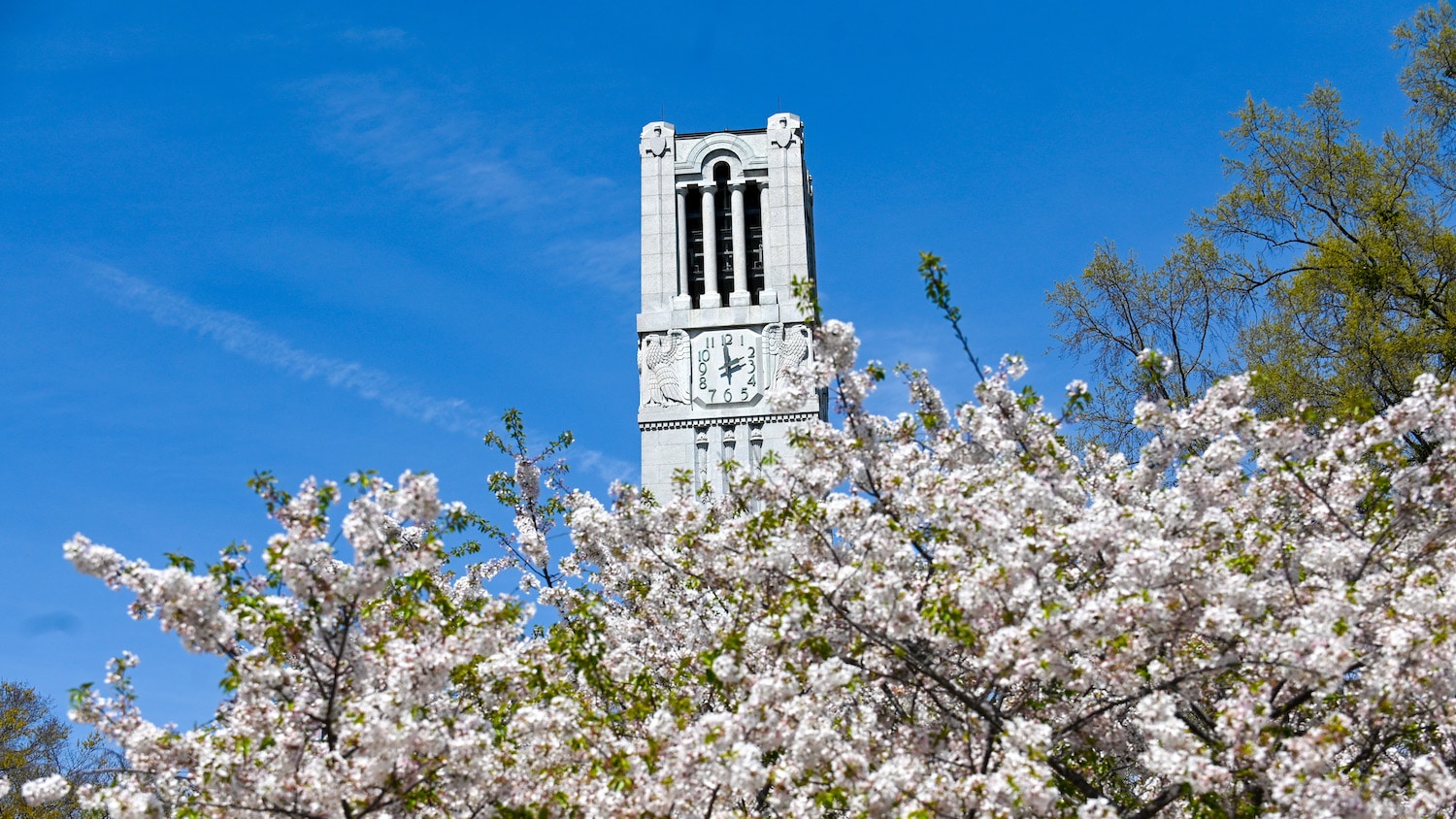This Is What Science Looks Like at NC State: Erin Seekamp

Editor’s note: This post was written by Erin Seekamp, an associate professor of parks, recreation and tourism management at NC State. The post is an entry in an ongoing series that we hope will highlight the diversity of researchers in science, technology, engineering and mathematics. The series is inspired by the This Is What A Scientist Looks Like site.
My name is Erin Seekamp and I’m an associate professor with NC State University’s College of Natural Resources. As a social scientist in the Department of Parks, Recreation and Tourism Management, my research focuses on visitor behaviors, environmental communications, partnerships and community capacity building.
Currently, I’m working on several projects to explore communities’ ability to respond to climate change by asking the following questions:
- Do communities view themselves to be at risk for climate-related changes?
- What community and natural resources are most vulnerable to climate-related changes and which are most valuable to communities?
- How will visitors change their recreational activities in response to climate-related changes?
- How can businesses prepare for climate-related changes in tourism demand?
- How can partnerships and collaborations enhance communities’ adaptive capacity?
- How does information alter perceptions of climate change risks and prioritization of adaptation actions?
I’m asking these questions in multiple places and in collaboration with other researchers (who are asking different but related sets of questions).
In the past two years, I’ve asked these questions in Huanchaco, Peru, and Brunswick County, North Carolina, in collaboration with Carla Barbieri. In Peru, we conducted interviews with the Huanchaquero fishermen who have been building fishing boats (caballito de totora) out of a local reed (totorales) for 3,000 years. However, the reed habitat is threatened by development, coastal erosion and sea level rise. In Brunswick County, oysters have been a mainstay of coastal heritage but the trade (harvesting and selling) is declining due to development and changes in the ocean temperature.

Currently, I’m asking these questions in Lake and Cook counties, Minnesota, with tourists, state park managers, national forest recreation planners and local tourism entrepreneurs (in collaboration with Jordan Smith and colleagues at the University of Minnesota and Carleton College). Changes in precipitation, in-stream flows and freeze/thaw dates will alter the recreation and tourism system along the north shore of Lake Superior. Understanding how substitutable the activities are (when people visit, the type of recreational activity) will help communities prepare for corresponding changes in the economies.
Soon, I’ll also be asking these questions in the Albemarle-Pamlico Peninsula of North Carolina with tourists, residents, local government, natural resource managers and local tourism entrepreneurs (in collaboration with Ryan Emanuel, Jordan Smith, Chris Moorman and Sudipta Dasmohapatra). We hope to assist these communities develop solutions to salinization from gradual sea level rise and episodic events (hurricanes and drought) so that this unique area—characterized by freshwater marshes, forested swamps and tidal creeks, as well as timber and agricultural lands—can continue to provide ecological, economic, and recreational benefits.
In my free time, I like to hike, bike, canoe, kayak and garden. When I travel, I seek out wilderness and other natural areas to escape, reflect and relax, as well as explore archeological sites to contemplate and be amazed by previous civilizations. It is the thoughts and questions I have while engaging in these pastimes that blazed the path of my career and are why I have degrees in anthropology, forestry and natural resources. I’ve always been curious about the human-nature relationship – aren’t you?
- Categories:


